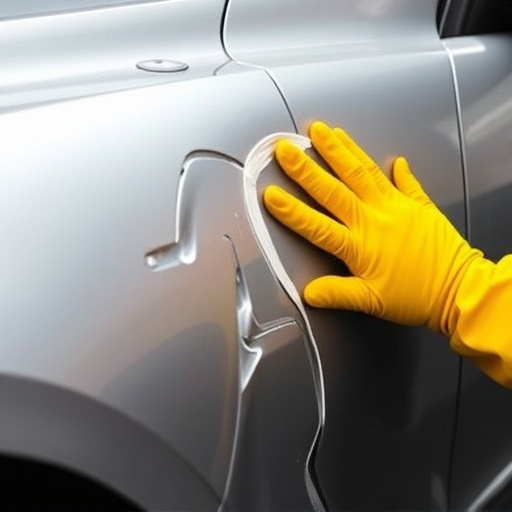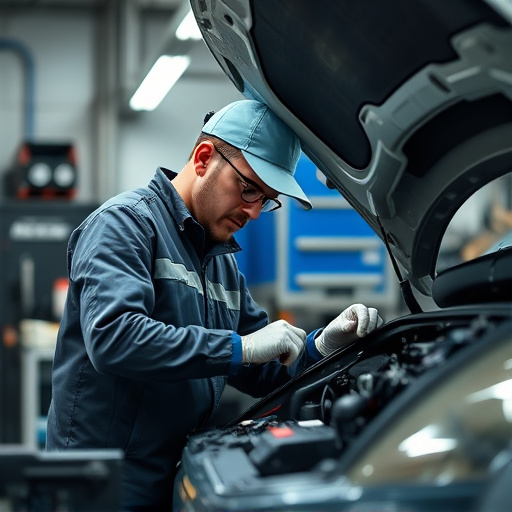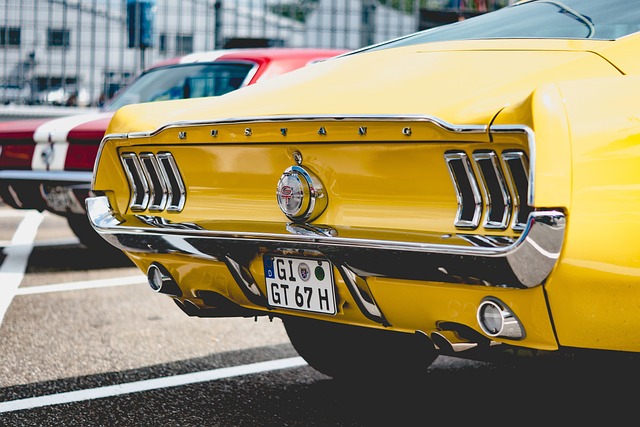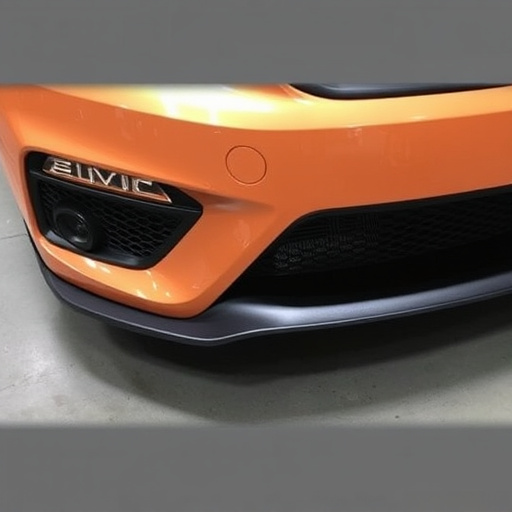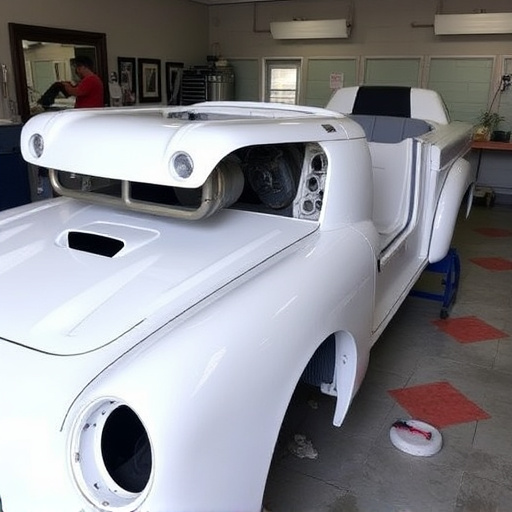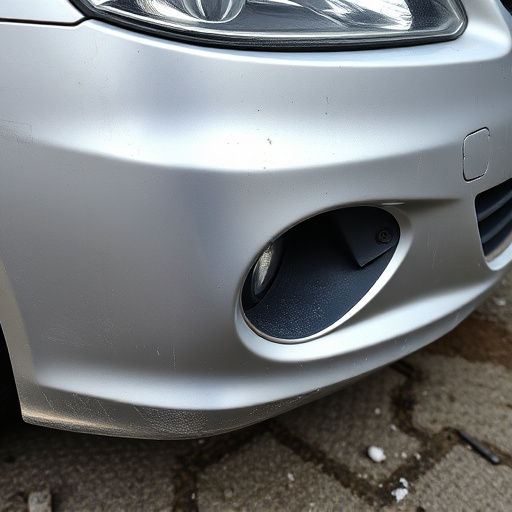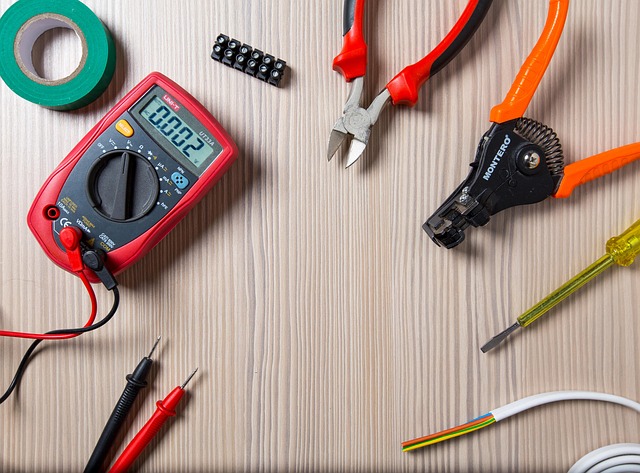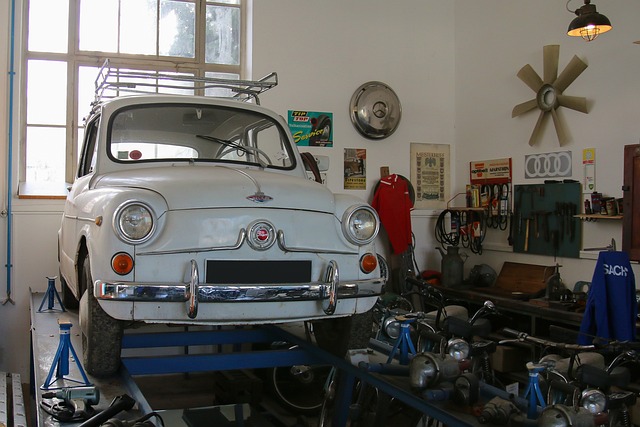Heat damage auto body repair is a specialized field for high-performance cars addressing thermal stresses from extreme driving conditions. Extreme temperatures cause metal misalignments affecting fenders, doors, and hoods. Advanced paint repair techniques and frame straightening restore structural integrity, safety, and original performance using precise measurements, CAD software, laser welding, and modern tools. This meticulous process ensures visually appealing and safe repairs for heat-damaged vehicles.
In the realm of high-performance automotive, heat damage from extreme driving conditions poses unique challenges during auto body repair. This article delves into the intricacies of addressing heat damage in these sophisticated machines. We explore how specialized techniques and cutting-edge technologies are revolutionizing restoration processes. Understanding the complexities of heat-affected vehicles is crucial for ensuring optimal outcomes, maintaining structural integrity, and preserving the refined aesthetics that define high-performance cars.
From assessing heat-induced deformities to implementing advanced repair methods, this guide illuminates best practices in heat damage auto body repair.
- Understanding Heat Damage in High-Performance Cars
- The Complexities of Auto Body Repair for Heat-Affected Vehicles
- Advanced Techniques and Technologies for Effective Heat Damage Restoration
Understanding Heat Damage in High-Performance Cars

In high-performance cars, heat damage auto body repair is a specialized process due to the intense thermal stresses these vehicles endure during racing or extreme driving conditions. Unlike everyday vehicles, components in high-performance cars are pushed to their limits, leading to accelerated corrosion and structural degradation. Heat damage can manifest as warped body panels, melted paint, or even damaged frames over time. These issues not only impact the vehicle’s aesthetics but also its overall safety and performance.
Understanding heat damage involves recognizing that extreme temperatures can cause metal to expand and contract unevenly, leading to misalignments in body panels like fenders, doors, and hoods. Vehicle paint repair techniques are crucial for restoring both the aesthetic appeal and protective coating of damaged areas. In severe cases, frame straightening may be necessary to return the car’s structural integrity to its original specifications.
The Complexities of Auto Body Repair for Heat-Affected Vehicles

Heat damage auto body repair presents unique challenges for even the most experienced vehicle body shops. High-performance cars, with their sophisticated engineering and delicate materials, require meticulous care during the restoration process. When a vehicle undergoes extreme heat, such as from a fire or an accident in close proximity to hot surfaces, the effects can be detrimental. The intense heat can cause the metal to distort, warp, or even melt, making traditional repair methods less effective.
In these cases, specialized techniques and advanced equipment are necessary. Collision repair shops must employ precise measurements, computer-aided design (CAD), and state-of-the-art welding tools to accurately replace damaged panels while ensuring structural integrity. The goal is not just to fix the visible signs of heat damage but also to restore the vehicle’s safety features and overall performance, which demands a high level of skill and expertise from auto repair shops.
Advanced Techniques and Technologies for Effective Heat Damage Restoration
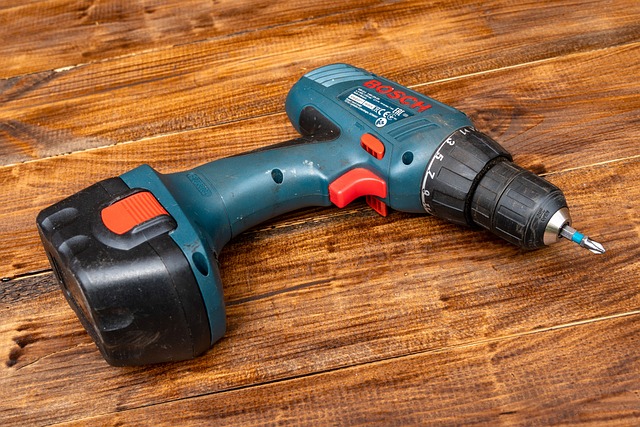
In the realm of high-performance automotive restoration, addressing heat damage auto body repair is a delicate yet crucial process. Modern auto collision centers employ advanced techniques and technologies to ensure effective heat damage restoration, merging art and science in the pursuit of perfection. These cutting-edge methods involve specialized equipment designed to carefully remove damaged or melted panels while preserving the car’s original integrity and aesthetics.
Through meticulous precision, skilled technicians utilize state-of-the-art tools like laser welding and computer-aided design (CAD) software to rebuild and reshape affected areas with unparalleled accuracy. This innovative approach not only enhances structural strength but also restores the vehicle’s visual appeal, transforming it from a damaged masterpiece into a sleek, high-performance automotive repair that rivales its pre-accident condition.
In addressing heat damage auto body repair for high-performance cars, understanding the unique complexities involved is crucial. The advanced techniques and technologies employed in restoration must consider the intricate interplay of materials and structures affected by extreme temperatures. By leveraging these innovative methods, professionals can ensure that these vehicles not only look their best but also maintain optimal performance, preserving their status as true automotive masterpieces.
